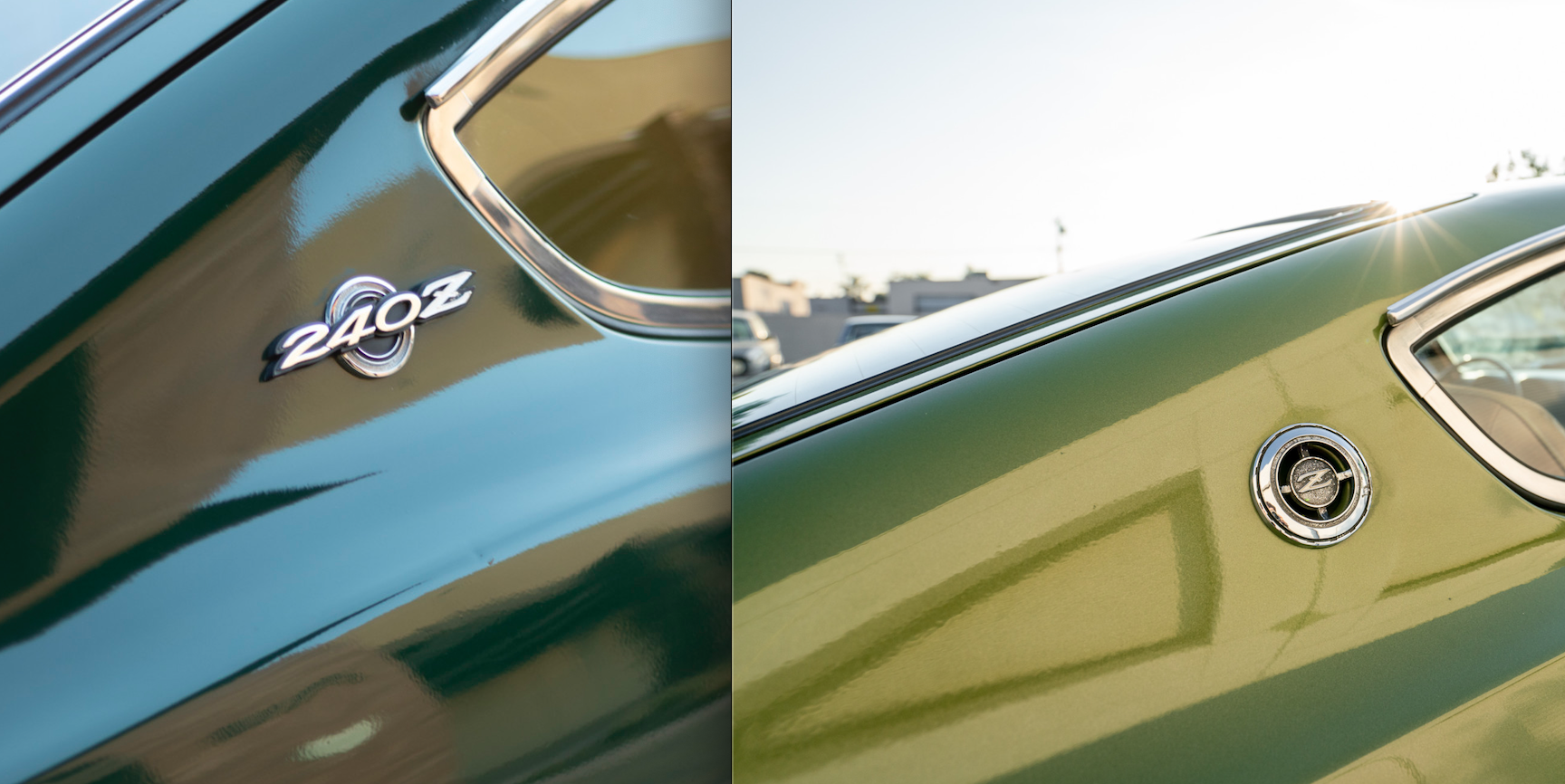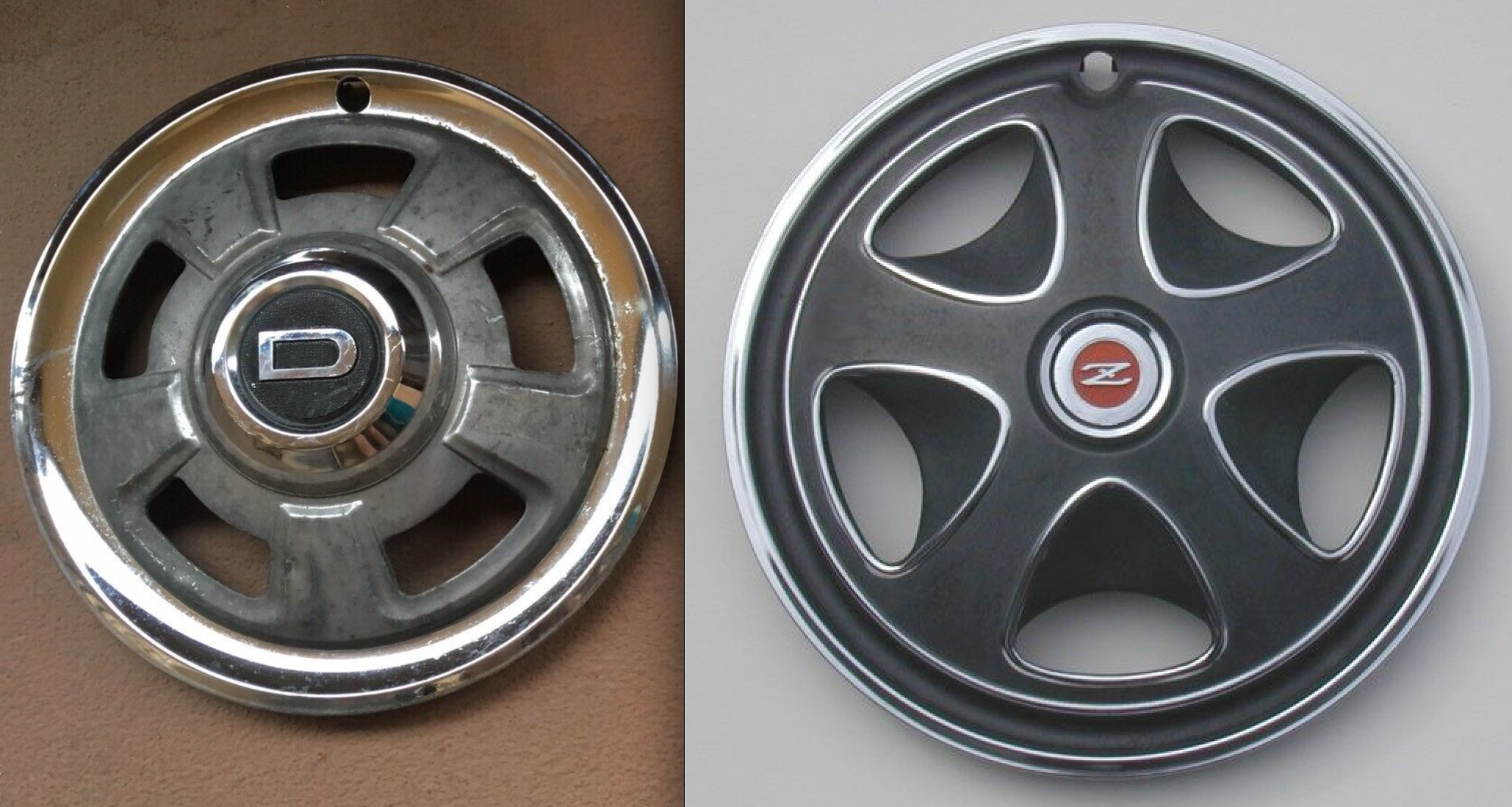Many details and features of the 240Z varied from year to year — in fact there are so many small differences between them that it can be difficult to keep track of everything. However, there are enough easily spottable discrepancies between different model years that you should be able to separate a “Series 1” from a “Series 2” 240Z, and be able to tell the year of a 240Z. Let’s start with a frequently asked question on this topic:
Are there any 1969 240Zs?
Nissan produced 543 240Zs in October through December of 1969. Nearly all of these were sold as 1970 model year cars in the U.S. market. The first 12 of these were considered “Production Prototypes” and not offered for public sale. Naturally, the first 531 240Zs that were produced in 1969 still command a higher sale value despite still being titled as 1970 model year cars. The rarity of these cars makes them more sought out by collectors.
Series 1 and Series 2
When you hear the terms “Series 1” and “Series 2”, know that these are not terms ever officially used by Nissan/Datsun. Rather, these terms came out of the hobbyist/collector community as a way to separate 240Zs produced before and after the middle of 1971 when some relatively significant changes were made to 240Zs coming off the production line.
The most striking, easily identifiable feature of a Series 1 240Z is the presence of vents on the rear hatch. Series 2 240Zs do not have these vents at all.

Another significant difference between Series 1 and Series 2 models can be found in the emblem used on the roof pillar. Series 1 cars have a ‘240Z’ emblem while Series 2 cars have a circular ‘Z’ emblem, as shown below.

Model Year Differences
Knowing how to discern a Series 1 from a Series 2 is relatively straightforward, but correctly identifying the exact model year of a 240Z can be more difficult.
Consider the scenario in which you know a particular vehicle is a Series 1 240Z. Determining whether it is a 1970 model or (early) 1971 is not something you can do with a quick glance. One hint could simply be the color of the car, and you can take a look at our color guide which may help you figure out the year. Unfortunately there are not enough reliable differences to reliably make this determination otherwise. You could also take a look at the VIN number of the car. The latest VIN you might see for a 1970 240Z is around HLS30-11600, whereas the earliest VIN you might see for an early 1971 240Z is around HLS30-05500. You will notice that there is some significant overlap here — so even this isn’t a completely reliable method.
Now consider the scenario where you know a particular vehicle is a Series 2 240Z, and you want to know the exact model year: late 1971, 1972, or 1973. Again, this is difficult to determine at first glance. You probably won’t be able to make this determination on a 240Z that is driving past you.
1973 240Zs featured “flat-top” SU-carburetors as opposed to the “round-tops” with all the model years. They also featured extended 5 MPH bumpers that you can spot if you know the subtle differences to look for. In general, they are subtly larger overall.

This leaves the final question — how do you discern a late 1971 240Z from a 1972? The easiest method is to look at the wheel covers: The 1972 model year saw the introduction of teardrop-style wheel covers, as opposed to the original “D” wheel covers. This isn’t the most reliable method however, as a huge number of 240Zs across all model years have been converted to use slotted mags as opposed to original wheel covers.

